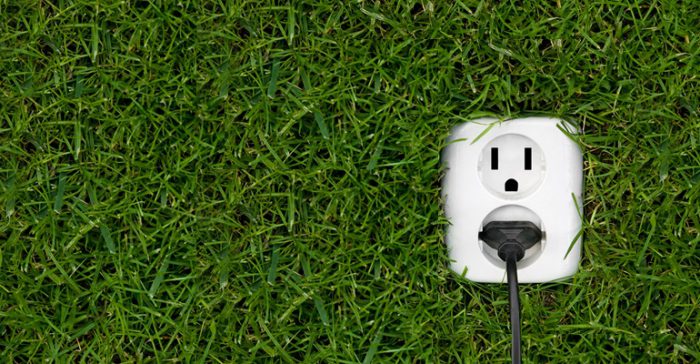Silent and costly: how standby gadgets rack up energy bills
The Telegraph, February 7, 2017
Beware of the gadgets silently running up your gas and electricity bills, probably at this very second. These quietly greedy gadgets are nibbling away at your electricity, quietly racking up what you pay.
Energy efficiency is a hot topic, and while it is common knowledge that heating, lighting and air conditioning are significant contributors to household utility bills, many of us are not switched on to the fact that smaller appliances and gadgets can be costly, both in terms of our pockets and what they do to the planet.
[mks_pullquote align=”left” width=”300″ size=”24″ bg_color=”#ffffff” txt_color=”#dd9933″]“Idle load electricity” accounts for almost a quarter of power consumption in the average home.[/mks_pullquote]The average UK home possesses between 40 and 50 electrical appliances, according to the Energy Saving Trust[note]Figure based on research by Energy Saving Trust, published June 2012[/note]. That figure will only climb thanks to constant technology innovations. But which of those devices, if switched off, will save you a packet on your bills, improve your energy efficiency and ensure you are doing your bit for the planet?
First, as a general rule, if an electrical gadget is not in use, don’t simply trigger standby mode; get into the habit of switching it off completely, at the plug.
Scarily, so-called “idle load electricity” (such as laptops in sleep mode or laser printers on standby) accounts for almost a quarter of power consumption (23 percent) in the average home, according to the US-based Natural Resources Defense Council[note]Figure based on research by Natural Resources Defense Council, published December 2015[/note].
Further, Alex Laskey, president and founder of Opower (acquired by multinational computer technology corporation Oracle this year), believes that about $40 billion (£32 billion) per annum is wasted on electricity in American homes alone[note]Figure based on research by Alex Laskey, published July 2013[/note].
“That energy use does not contribute to our well-being, but it does contribute to climate change,” he said in a recent TED talk on how changing behaviour can lower energy bills. “The most overlooked resource to get us to a sustainable energy future is you and me.”
Good habits cannot be formed without knowledge, though. In Britain, the worst offenders are Wi-Fi routers, which use up stacks of unnecessary kilowatts. It is estimated that left-on routers cost each household almost £22 a year[note]Figure based on research by Ecotricity, published June 2014[/note].
That may seem a piddling amount on its own, but when you consider that there are likely to be 50 devices – most of which can be turned off at the wall – whirring away in your home, it soon adds up. So switch off the router overnight, and when you don’t require access to the internet (though note that television catch-up services, and the like, will be disabled).
Other eyebrow-raising devices include laser printers, amplifiers, iPad chargers, televisions and desktop PCs.
Elsewhere, TV set-top boxes also suck up energy when left on standby. These days, many UK homes contain many similar devices.
Again, the expert advice is to try to get into the habit of switching them off, at the plug, when not in use. Additionally, look out for Energy Star-certified set-top boxes, which on average are 35 per cent more efficient when compared with conventional models[note]Figure based on research by Energy Star[/note].
It is important to think about the energy consumption of all your gadgets – some might be less obvious that others. Devices such as automated lawn sprinkler systems, games consoles, stereo systems and even alarm clocks, when in standby mode or on but unused in the background, all contribute to your energy usage and therefore bills.
Read More
[bctt tweet=”Our expert advice: Get into the habit of switching idle devices off at the plug when not in use. ” username=”ZonditsEE”]
